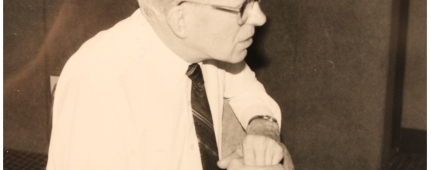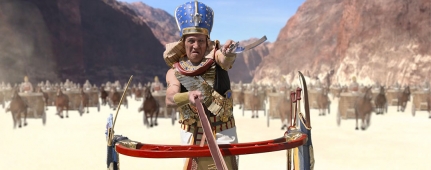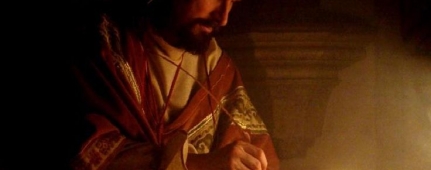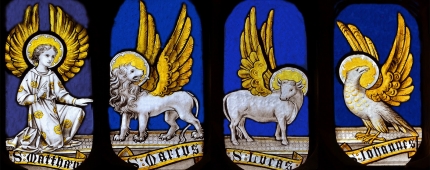Mark 16:12—Did Jesus appear in different bodies after His resurrection?
Problem: According to Mark, Jesus appeared here in “another form.” From this, some argue that after the resurrection Jesus assumed different bodies on different occasions, but did not have the same continuously physical body He had before the Resurrection. But this is contrary to the orthodox understanding of the Resurrection, as is indicated by many other verses (see comments on Luke 24:34).
Solution: This conclusion is unnecessary for several reasons.
First, there are serious questions about the authenticity of the text involved. Mark 16:9–20 is not found in some of the oldest and best manuscripts (see comments on Mark 16:9–20 above). And in reconstructing the original texts from the existing manuscripts, many scholars believe that the older texts are more reliable, since they are closer to the original manuscripts.
Second, even granting its authenticity, the event of which it is a summary (cf. Luke 24:13–32) simply says “their eyes were prevented from recognizing Him” (Luke 24:16, nasb). This makes it clear that the miraculous element was not in Jesus’ body, but in the eyes of the disciples (Luke 24:16, 31). Recognition of Jesus was kept from them until their eyes were opened.
Third, at best this is an obscure and isolated reference. And it is never wise to base any significant doctrinal pronouncement on such a text.
Fourth, whatever “another form” means, it certainly does not mean a form other than His real physical, material body. For, on this very occasion Jesus ate physical food (Luke 24:30), which later in this very chapter He gave as a proof that He was “flesh and bones” and not an immaterial “spirit” (vv. 38–43).
Finally, “another form” probably means other than that of a gardener for which Mary mistook Him earlier (John 20:15). Here Jesus appeared in the form of a traveler (Luke 24:13–14).
See All Problems
This excerpt is from When Critics Ask: A Popular Handbook on Bible Difficulties (Wheaton, Ill.: Victor Books, 1992). © 2014 Norman Geisler and Thomas Howe. All rights reserved. Used by permission. Click here to purchase this book.














